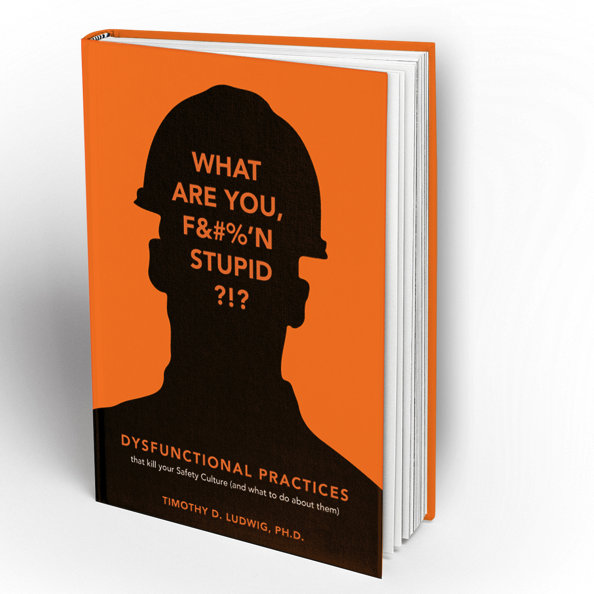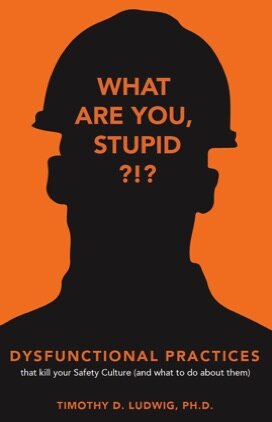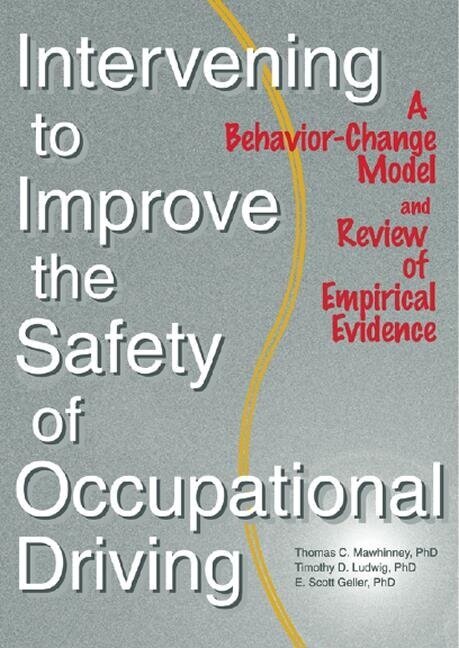PROVOCATIVE ZINGERS. HUMOROUS STORIES.
PLENTY OF SCIENCE.
Dysfunctional practices that kill your Safety Culture (and what to do about them)
"It is an illusion of human perception leading us to false conclusions resulting in dysfunctional practices that hurt the safety of our workers and the effectiveness of the systems we put in place to protect them. Learn a better way to analyze the behaviors of your employees to understand how they were put in a position to take the risk in the first place."
DYSFUNCTIONAL PRACTICES
THAT KILL YOUR SAFETY CULTURE
A MAN FINDS HIMSELF on the top step of a step ladder; a woman removes the guard to her machine; a worker is not wearing her safety glasses in the plant; a roustabout uses the wrong sized clamp instead of retrieving the right tool from the supply truck; a supervisor teaches a new worker to take short cuts; a mechanic climbs on top of the active machine to find the oil leak. Why do these folks do these things? Is it because they are stupid?
Our tendency is to blame workers and label their personal failings as the cause of safety errors. Labeling does not solve problems that cause error. It is an illusion of human perception leading us to false conclusions resulting in dysfunctional practices that hurt the safety of our workers and the effectiveness of the systems we put in place to protect them. Learn a better way to analyze the behaviors of your employees to understand how they were put in a position to take the risk in the first place
Buy the book
Available in a variety of formats







“Thank you for the webinar today. Having read the book, I found it to be an incredibly generous review of the key principles.
I would also like to expand that as a ‘thank you’ for this body of work. It has application outside of safety, and it is not a stretch for me to say that I consider any improvement of my understanding (cough cough application, I mean application) of key behavioral science principles tends to improve my life beyond that which I apply to my work. I doubt it is your intention, but the book caused me to reflect upon my own behaviors as a father, as I must admit I fall into the trap of ‘fishing’ for misbehaviors. My two boys deserve a better workplace culture than the one their leader has been providing.
Let me also make this quick note of appreciation awkward by confessing that my wife caught me smiling while reading this book, and when she asked ‘Why?’ I explained, ‘Shit, this is one of the first books I’ve read in which I’m hearing the author’s voice in my head instead of my own.’
I read the final chapter to her, as we both have experiences in mental health organizations and found the personal story impactful and compelling.
Thank you again. I recommend this book to colleagues any time I have an opportunity to do so.
-RYAN FELTY Director of Organization & People Capability